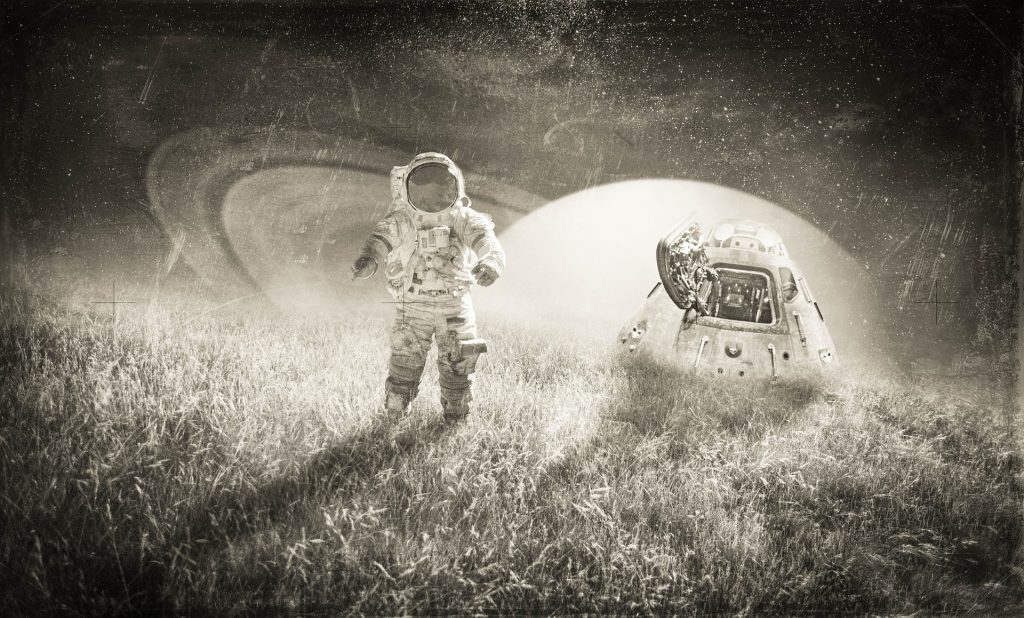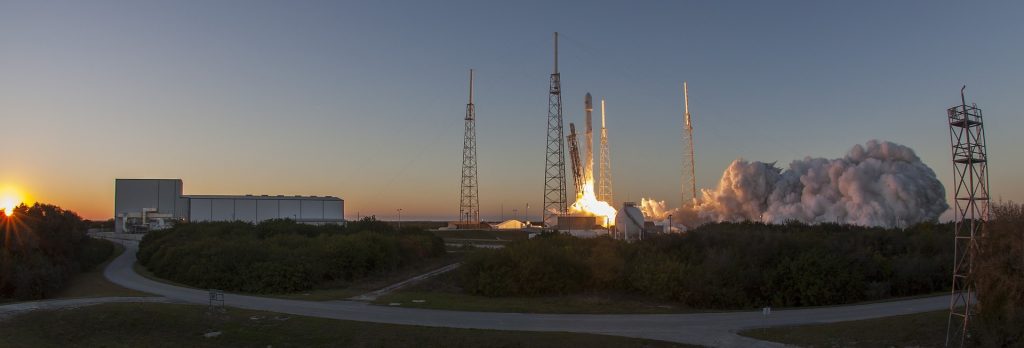The seven-hour spacewalk by astronauts preparing International Space Station for new solar arrays.
On 28th February 2021, two astronauts completed a seven-hour spacewalk as they started preparing the International Space Station (ISS) for new solar panels. The new solar panels will provide a major power upgrade for the orbiting lab. The spacewalkers are two NASA astronauts, namely, Kate Rubins and Victor Glover who worked outside the station to install the modification kits required for the new solar arrays. They planned to install two kits on two-mast canisters present at the base of the outpost’s current solar wing but succeeded in installing one (Space.com).
The astronauts are planning to complete the second installation in the next spacewalk. There are updates that the construction of the upper support hardware has been completed and secured. The next planned spacewalking is on 5th March as updated by NASA officials. NASA said that the older pair of solar panels (oldest installed in 2000) have started generating less power hence the required installation is taking place.
International Space Station new solar arrays
The size of these new solar arrays will be comparatively smaller due to the advancement in technology. Boeing, which is the prime contractor for the ISS operations is providing the new solar arrays with help from Spectrolab and Deployable Space Systems. NASA set that the new installations will take the help of the already existing infrastructure to deploy it. NASA planned to install these solar arrays in ISS’s 2B and 4B. The installation required a heavy installation kit and tools which came in an 8 feet long bag.

Both Kate and Victor started their work with the installation kit at the right edge of the ISS. They used a special ‘slingshot’ device to use crew safety tethers far from the core of the ISS (Space.com). The size of the installation kit is very large and hence was unable to fit out the door as mentioned by Art Thomason, spacewalk officer. The team is planning to bring the kit out in pieces and then assemble it together. The installation kit is not only large but weighs 150kg. Hence, the astronauts need to be very cautious while ringing it out to where the solar arrays are located.
Obstacles while installation
Though the astronauts don’t have to deal with gravity in space, there is mass and inertia still present. Moreover, the size of the kit is too big and they haven’t worked with much larger things before. They are expected to be very cautious especially when turning the corners. At each site of the installation, the astronauts need to use portable foot restraints and tethers to anchor in place before installing the struts. It was also in the plan to secure thermal blankets over the struts. To capture clear images, there was a video camera installed in one of the astronaut’s spacesuits.
The plan was completely not successful as one of the bolts of the first strut didn’t fully engage at the first attempt. Kate used a power drill to reset it and reach a safe configuration. Upon completing it, the astronauts installed the support for the second set of arrays which will be installed on 5th March. On the next spacewalk, Kate Rubins and Soichi Noguchi will venture into space and complete the task along with other maintenance tasks.
Boosting power in the orbiting laboratory
With time, the power generation capability of the solar arrays degrades. The first installed panels had a life of 15 years and still, they are generating power. The new solar arrays will boost the power of the station by 20 to 30 percent. Currently, there are eight solar arrays in place and they provide 160kW power. Half of them don’t operate continuously as they are used when the ISS is in orbital darkness and this takes place once in a fortnight. After all the new solar panels are installed, the station will be able to receive a total power of 215kW.
The delivery of these new solar panels will take in this year in three supply missions. They will be transported in the unpressurized trunk of the SpaceX Dragon cargo spacecraft. Installing each solar array will take two spacewalks, one for preparing and the second for installation.

Annasha Dey is an NIT student, who apart from studying engineering is also a content writer. She has a great interest in photography, writing, reading novels, and travelling as well. She is a foodie who loves socializing and hanging out with her friends. She is also a trained Kathak dancer and a big fashion enthusiast. Dey also loves watching TV series, which includes F.R.I.E.N.D.S. and Big Bang Theory. To be a better writer she prefers to read more


